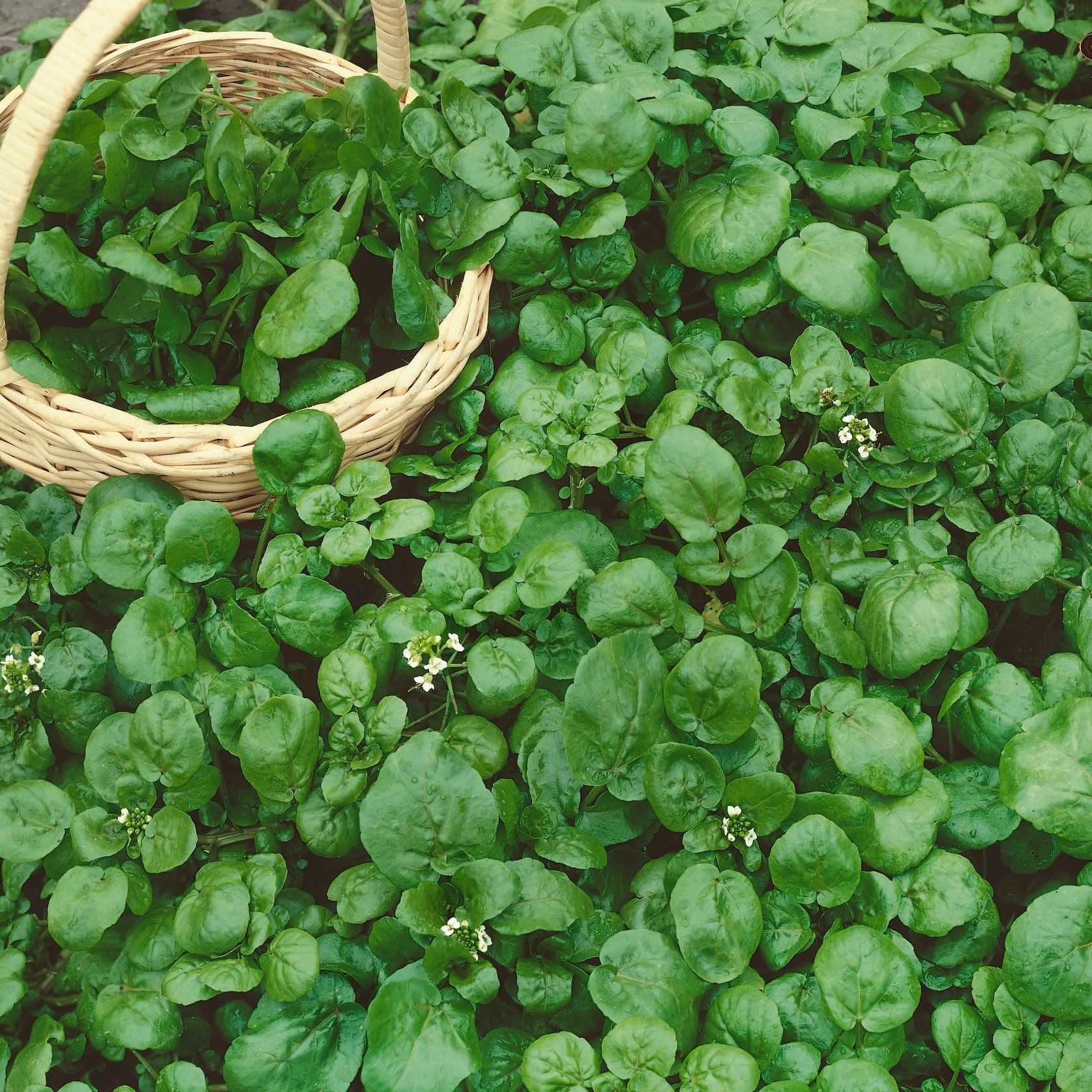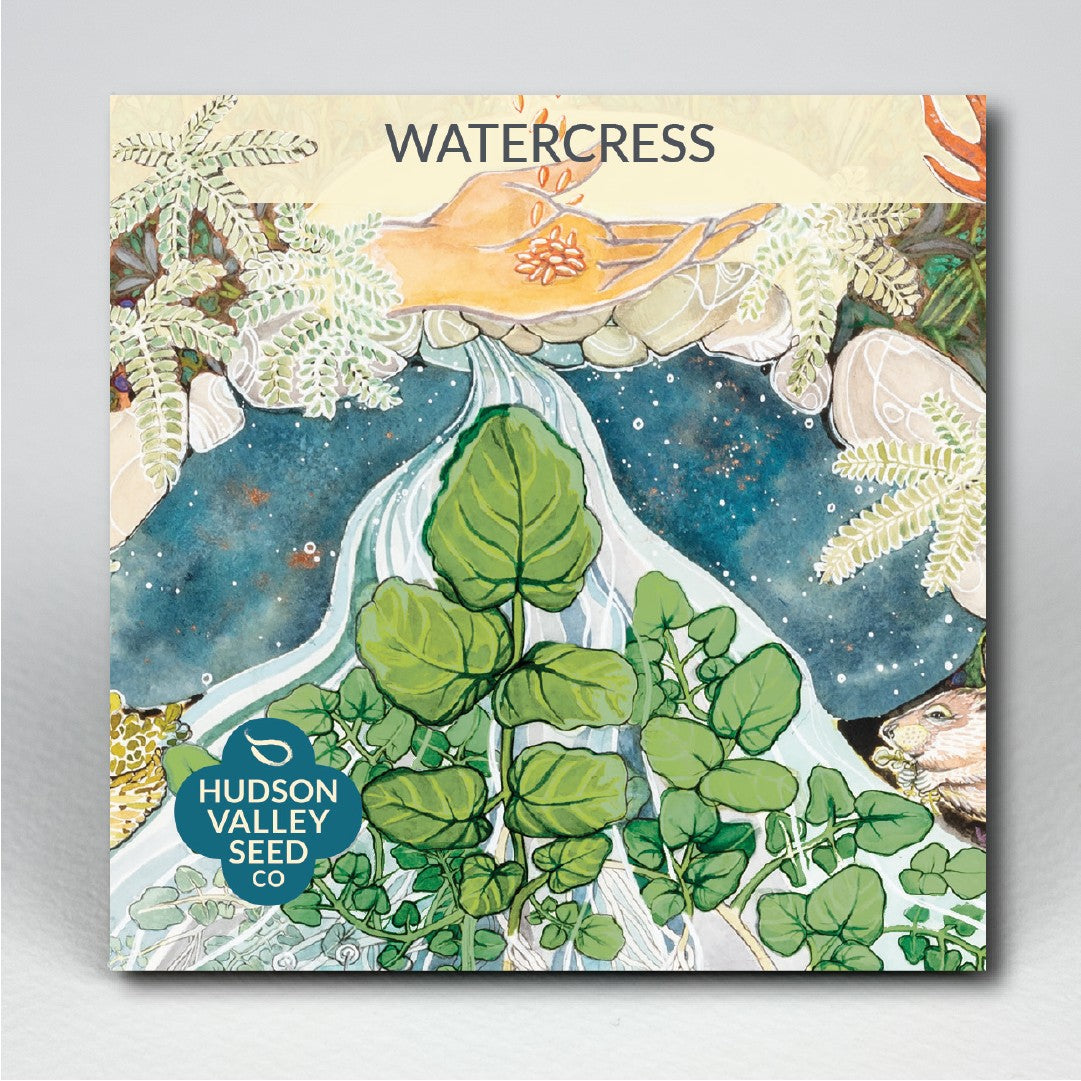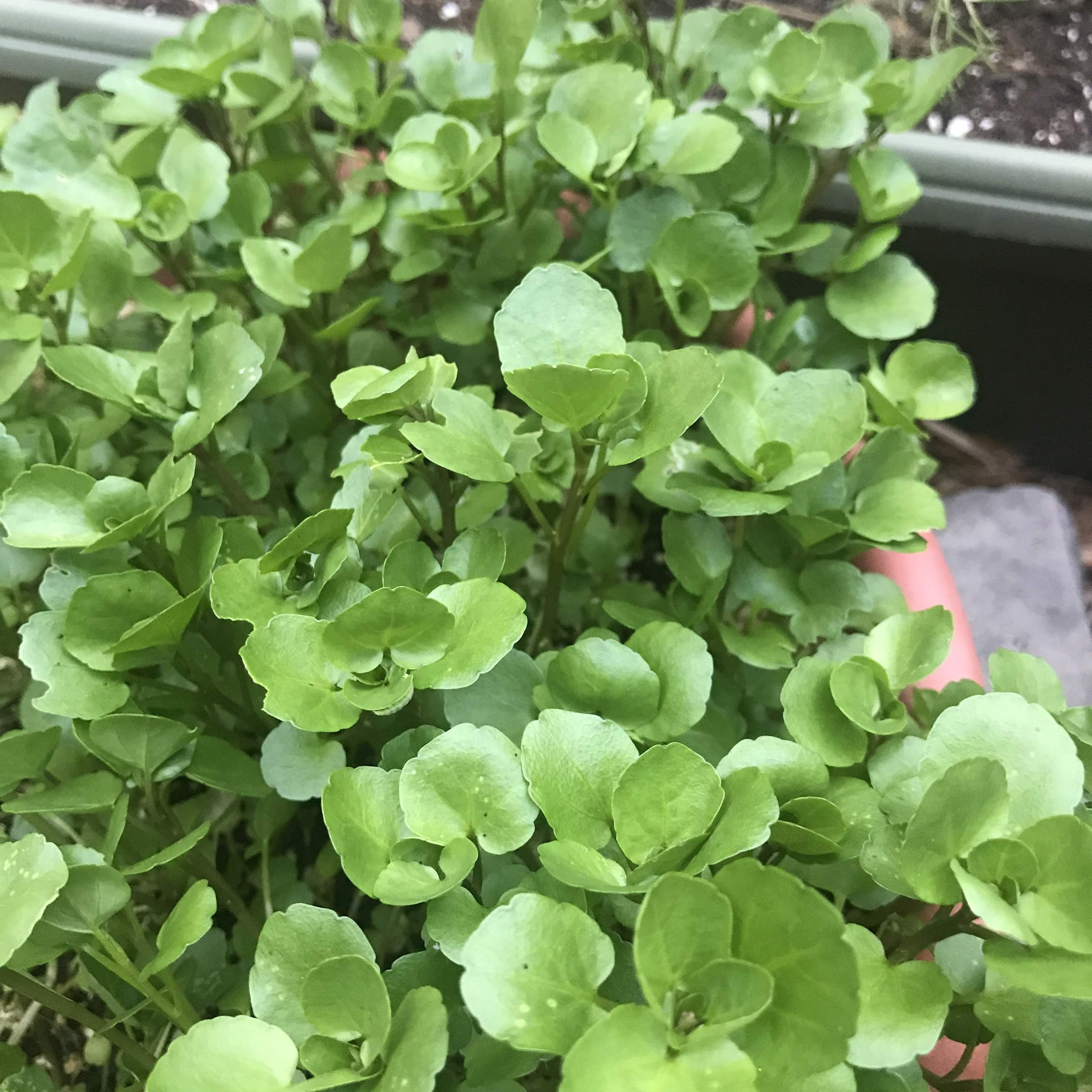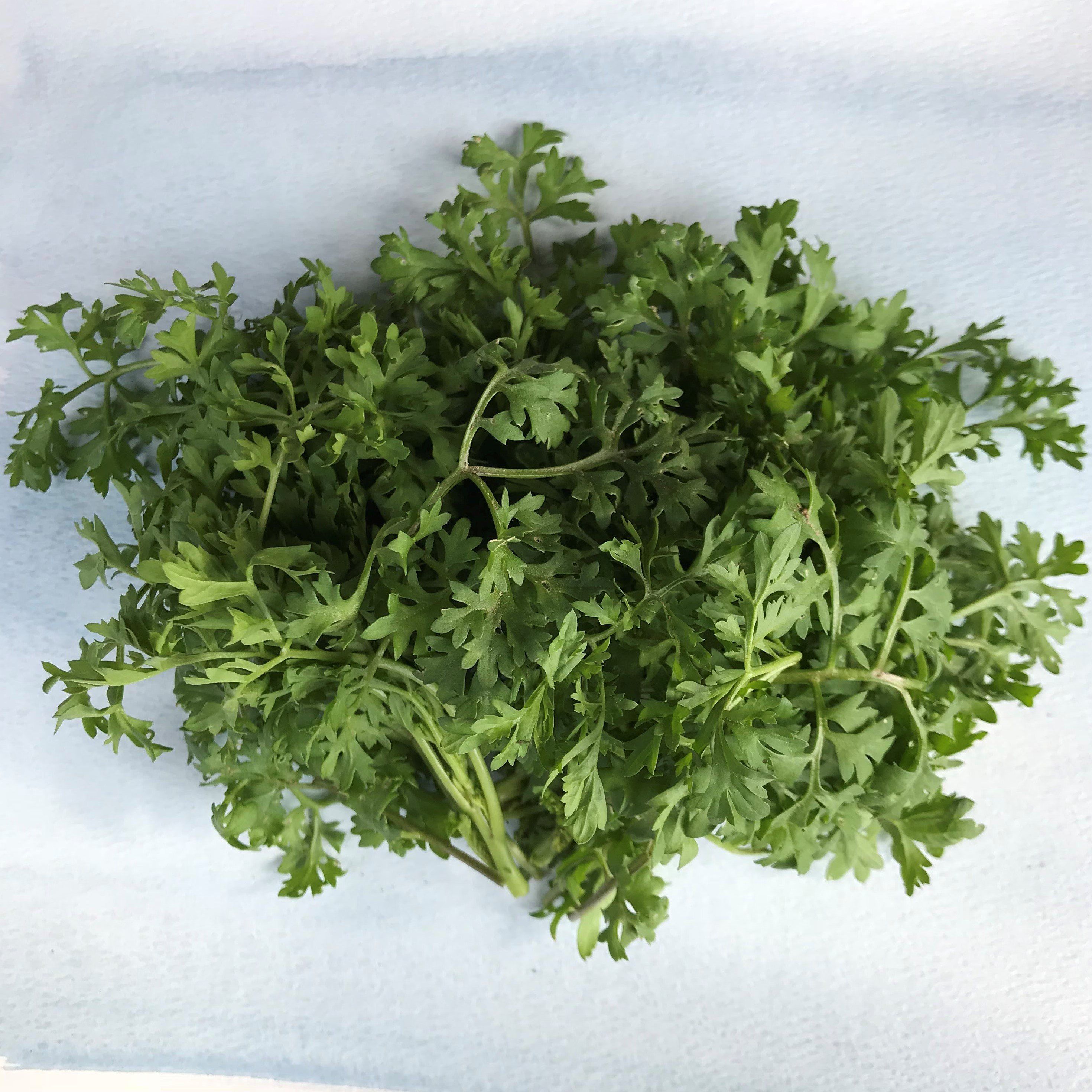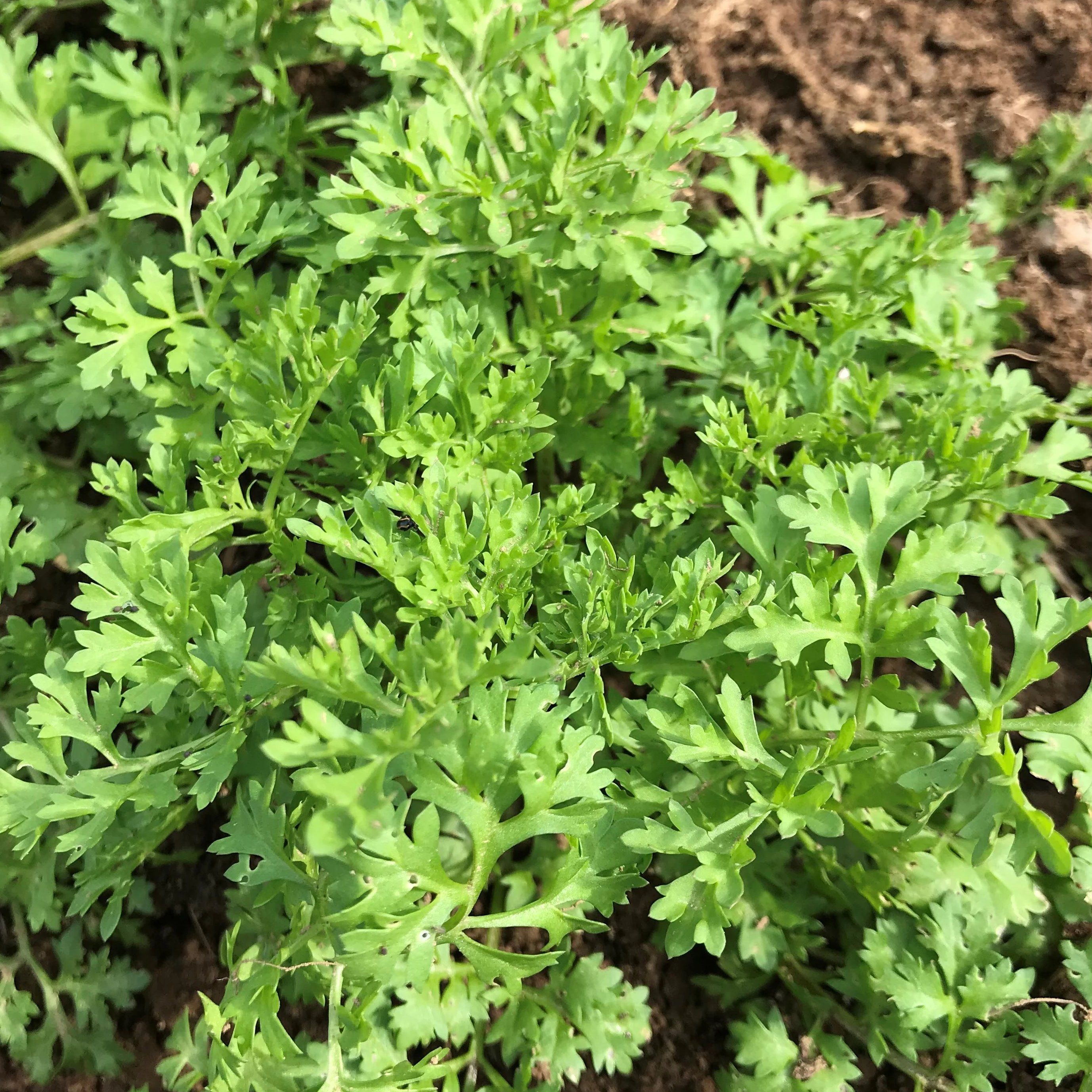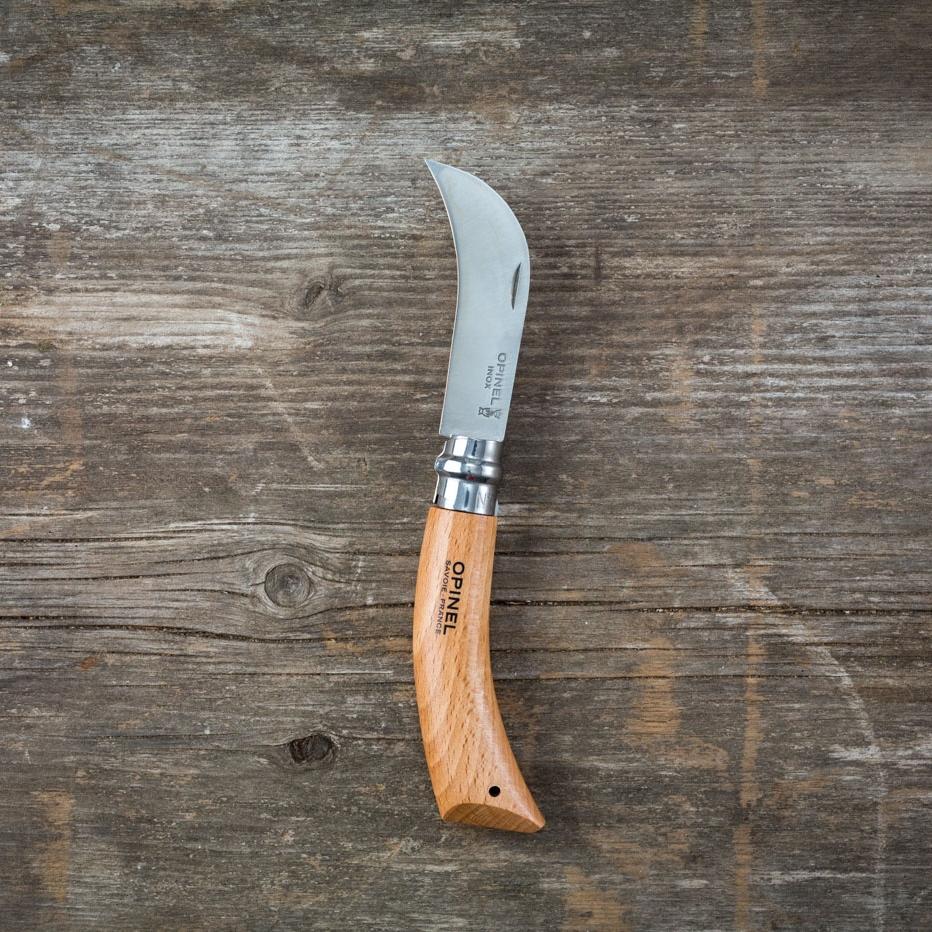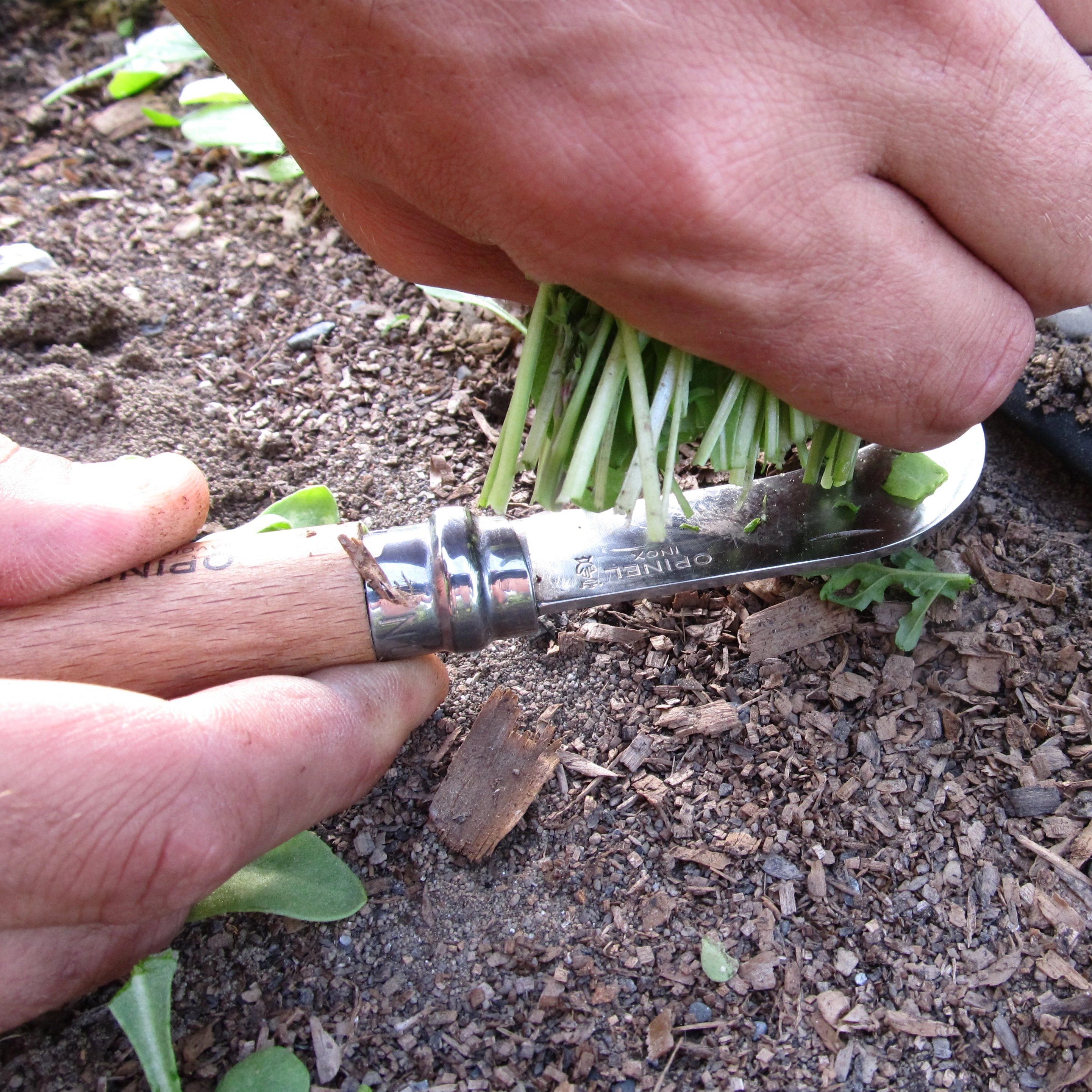
Human beings are 60% water; it is the most common molecule in our bodies. Perhaps it is no surprise, then, that early humans were drawn to watercress as one of the first wild greens to be consumed. After all, it is 95% water, it grows in water, and its deep green leaves undulate like seaweed in the current. The crop straddles the line between wild and cultivated: irrigated well, it can be grown in the garden; transplanted along a stream, it will set roots into the watery soil and return each spring.
One of the things we love the most about seeds is how bound-up our stories are in theirs. This is true for every seed, but the ancient history and clear through lines in watercress' case necessitated a pack designer who was also a storyteller. We found that person in Jacqueline Maloney, a North Carolina-based artist whose work explores the natural, the spiritual, and the human, and the places where their connections are made or broken. But of course, being the storyteller she is, she says it best in her own words.
Jacqueline, we were captivated by how your art investigates the age-old relationship between plants and people. Can you speak a little more about how you explore those questions?
I make images as I explore what it means to belong to the earth, as a human, as an animal, and as an animate being. What does it mean to be truly home? Do we humans, in general, belong to our place, our habitat? Are we beholden to the beings who we need to sustain our own lives, with appropriate care, respect and awareness? Are we holding up our end of the relationships with other life who shelter, feed, clothe and inspire us?
The art I'm attracted to, and inclined to make, seeks to re-animate a world that, according to an industrial economy, is a collection of objects, and mechanistic. I believe the delicate web of interdependent beings, in short, the more-than-human community who is this planet, suffers from such an outlook. We have learned in the recent past that entire habitats can decay when one species leaves, even when that species is a predator, even if that species can only be seen under a microscope. I use images that depict the relationships which already exist, which support our very human lives, whether we are aware or not. I love to paint my commitment, as a coexisting earth-bound species, to become more accountable to the life forms that have existed at the periphery of my daily awareness. Portraits of the beyond human world as small prayers. Coral reefs, endangered freshwater mussels, the tracks of a polar bear. I also seek to find images that offer solutions to the beliefs and practices that separate humans from the rest of the living earth. A fairy-house joyfully built into a mossy log by patient human hands. The tender point of connection when someone stops to admire and touch the bright soft petals of a dandelion. A human body returned to the earth, feeding the vibrant fungal networks beneath the soil.
And how do your subjects influence your choice of medium?

I love to mix media, and especially to play with the contrast between line and shape by layering drawing tools with watercolors and inks. I often work in layers, I think because I see them over and over again in nature. I love exposing what is above, beneath, behind or within. There is always more than initially meets our eye. Life seethes in the soil under our foot. The creeks both reflect and absorb light in different ways, and host all kinds of animal and plant life in their beds and currents. A tree is so much more than the upper half we can see. Air moves. All life forms support other life forms. One being is host to a community of other beings. (I'm still not sure, even after asking this question for years, what the difference is between a habitat and a living being, if so many microorganisms live on someone else's skin, in someone's fur, within someone's body, against or within someone's roots, among someone's leaves or bark.)
We know you did a lot of research before creating this piece. How did that research influence how you depicted watercress?
I loved researching watercress. I knew nothing about the original habitat of the plant when I set out. Apparently, watercress creates essential habitat for a host of other creatures, by forming mats in stream beds and near natural springs that spread by aquatic roots. I chose to represent the plant as a community member (and maker). Watercress is a great example of how no species can thrive in a vacuum, can exist unto itself. So, any being I depicted in this painting depends upon watercress for food, shelter or habitat, and/or has a behavior that is important to the well-being of watercress.
The antlers, for example, represent deer, which are one of the ways watercress spread seed outside human stewardship. Deer eat watercress both in all stages, including once it has formed seed pods. On its own, the plant can spread when releasing seed into the water and being carried downstream. But to arrive in new and separate watersheds, watercress needs terrestrial animals to carry the seeds over land (by eating and defecating). This is why the antlers are literally sprouting into new seeds. The relationship is mutually beneficial, leading to growth for both the deer and the plant.
What do you hope this work of art says about watercress?
I hope that this work honors watercress as a wild species that has a story larger than that of its long history in human monoculture. I hope this work encourages people to be curious about how any of the plants they put in their garden came to be as they are. I hope that curiosity leads to an exploration: what is the nature of watercress, or any plant, outside the human world? We can care for the plants we bring to our homes so much better when we can picture what helps them to thrive in their original wild habitats. I had a teacher once who suggested that instead of asking "what is this plant for?" i.e. "what use is this plant to me?" that I ask "what does this plant need?" I hope this image suggests that no plant, and no person, is actually separate from a habitat, community, or home.
The Hudson Valley Seed Company community loves both art and growing. How do you see those things as being connected?

I really want to see a shift in my lifetime toward polyculture, toward food-growing practices which respect the needs of all the dynamic living creatures involved. To do this, we need to learn the stories of our food. How our food is actually beings inherently in relationship to other beings. We humans have beautiful technologies for sharing stories. We can return the stories to our seeds gradually through simple acts of observation and learning. Visual art is one way of storytelling, but there's also music, myth, and anecdote that all hold the power to change how we relate to the living world. When a farm or garden is a part of the wider community that includes its soil, its birds and insects, its waterways and forest edges, the food grown is more vibrant, nourishing, and we all benefit. ■
Before you get back to your roots by growing watercress this spring, we encourage you to take a moment to be regaled by the tale told by Jacqueline's work. You'll notice that it's overflowing with characters, metaphors, and plot twists. But don't worry about comprehending every detail. Instead, notice how the art makes you feel, and remember that the same complexity can exist in your own garden.
You can learn more about Jacqueline on her website, on Facebook, and on Instagram @jacquelinemaloneyart.
How To Grow Watercress:
Surface sow in spring when temperatures are consistently above 45 degrees F. Once plants are established, thin to indicated spacing. For home growers, watercress is most easily grown in containers filled with quality compost, in a shady spot, with a deep tray filled with water under. Change water weekly and harvest frequently. This refreshing green crop has deep, peppery undertones. Serves as a lovely spring tonic. Perennial. Excels in containers.


